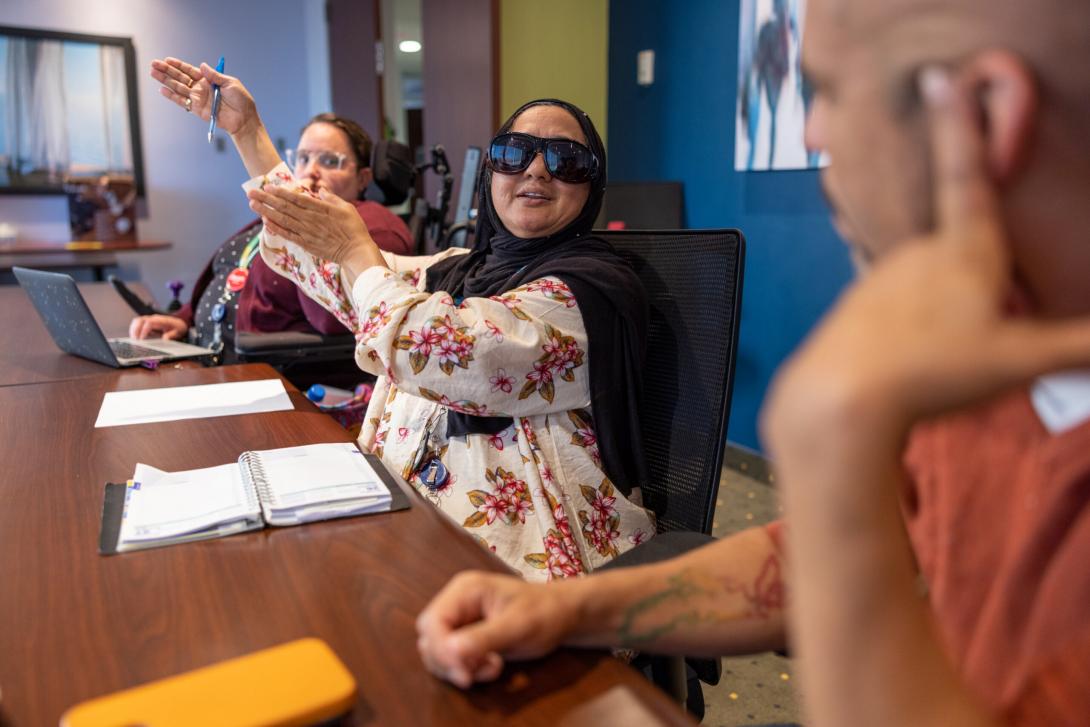More than physical access or mobility
Accessibility is about being proactive to ensure everyone has access. It means identifying, preventing and removing barriers as we design our environments, services, products and policies to make sure people with disabilities can fully participate. It also means being flexible and responsive when people with disabilities tell us something isn’t accessible and removing barriers to make sure they can fully participate.
Accessibility is when our environments, services and products and policies are proactively designed and constructed so that people with a disability can fully and equally participate without experiencing barriers.
Achieving accessibility requires:
- knowing accessibility standards
- being aware of the needs of people with disabilities (from their individual perspectives)
- addressing barriers to access for people with disabilities

An accessible Nova Scotia
Government consulted with Nova Scotians with disabilities in 2017 and 2018. We asked what an accessible Nova Scotia would look like to them.
Inclusive and equitable
People with disabilities can fully participate in society. They can access the same resources, services and infrastructure as other Nova Scotians and lead meaningful, fulfilling lives
Barrier-free
Buildings, sidewalks or outdoor spaces don’t restrict people with disabilities. They also have equitable access to education, health care, employment, affordable housing, communications and transportation. Our province has enough services for its people.
Safe and respectful
People with disabilities feel safe in their communities. They don’t face stigma or discrimination.
Aware
Nova Scotians know about issues related to accessibility and disability.
Proactive
Accessibility is considered at all stages of developing programs, policies or infrastructure.
How to achieve accessibility
To achieve our vision of an accessible Nova Scotia, we asked Nova Scotians with disabilities for actions and priorities to achieve accessibility. Below are some of the top suggestions.
- simplifying how people with disabilities can find information and access programs and services
- recognizing that rural or small communities have unique challenges to accessibility that urban areas do not face
- prioritizing the involvement of people with disabilities at all stages of creating an accessible Nova Scotia
- improving access to health care for people with disabilities
- improving availability and options for accessible, affordable transportation, especially in rural areas and small communities
- supporting the ongoing work of non-profit organizations, community-led initiatives, volunteers and advocates

Why accessibility is important
Access for people with disabilities improves access for everyone
Making information, communities, resources, public spaces and facilities accessible for people with disabilities makes them more accessible for everyone, even people who don’t have disabilities.
Accessibility creates diversity
People with disabilities enrich our communities when they can fully participate in them.
Failing to ensure accessibility wastes talent and energy
Denying people access to employment, education or services is not only unfair, it also prevents them from contributing to our society.
It makes good business and economic sense
Being fully accessible for customers with disabilities can help businesses and organizations build their reputation and expand their audience.
